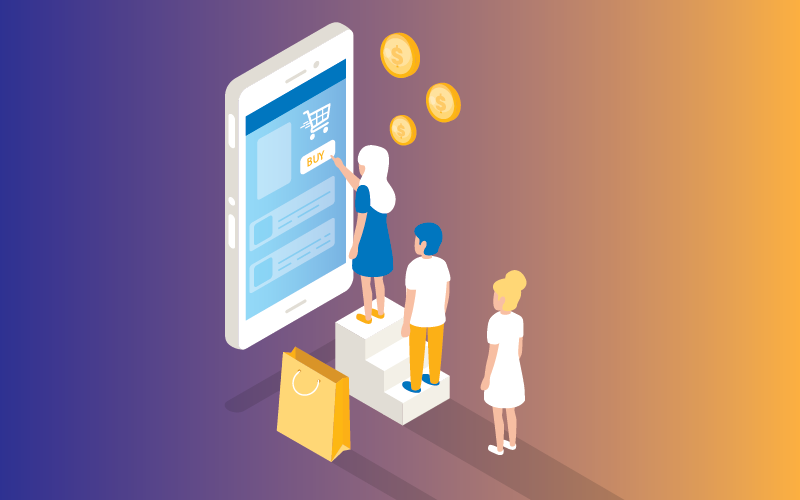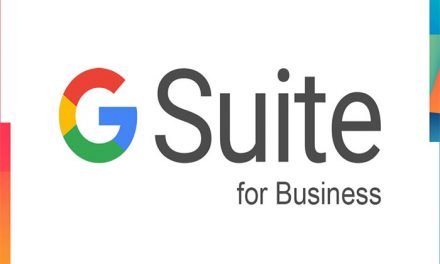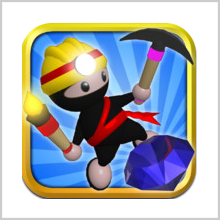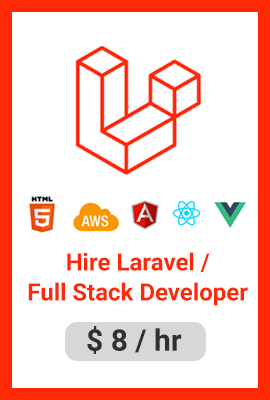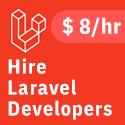If you want to build a fintech app, you’ve come to the right place. This blog discusses the ultimate guide to building a high-performing fintech app. Fintech app development has advanced technology by improving security, stability, and user experience.
Step-by-Step Guide to Build Fintech App
Choose Your Business Concept
Here are some trending fintech app development ideas to consider:
- Digital banking apps
- Payments apps
- Loan and investment apps
- Insurance apps
- Personal finance management apps
- Trading and cryptocurrency apps
- Deposit and lending apps
Choose the Best UI/UX Approach
Two Things to Consider When Creating a User-Friendly Fintech App
UX Research
Discover user requirements, patterns, behaviors, and the most popular fintech app features. A few desirable user personas can assist you in quickly visualizing your target audience, and you can then incorporate your research into your fintech app business plan correspondingly.
Wireframe Design
A wireframe is more like a layout in which designers plan out which features to put in where.
Form a Team
A team of tech professionals is required to create a fintech app. If you decide to hire dedicated experts, you will need them for the following:
- UI Designing
- App development (with Node.js, Java, and Swift language skills)
- Application testing
- DevOps engineering
Determine MVP Scope
Your fintech app must have sufficient features to entice early customers who can later offer feedback, which is the primary purpose of an MVP (minimum viable product).
- Conduct market research and make sure you have enough information about your product.
- Analyze which features are essential in your fintech app with your team.
Technology Stack
Frontend Tech Stack
The client side, or front end, is where users interact directly. HTML, CSS, and JavaScript are commonly used to structure, customize, and add dynamic functions. However, developers frequently used frameworks to speed up the development process. Each framework has a distinct set of advantages and disadvantages. Popular frameworks include Angular, React, and Vue.js.
Backend Tech Stack
The back-end tech stack is in charge of information/data logic, storage, and processing. Some programming languages used in the fintech industry are Java, Kotlin, Python, C++, and C #.
Essential Features of Fintech Mobile App
Data Security Regulations
Financial data/information is more frequently vulnerable to theft and cybersecurity threats. As a result, app developers must exercise extreme caution and ensure data security.
Here are some critical security features to be aware of:
- To avoid misuse and to protect against unauthorized access, the app should include two-factor authentication.
- Only the last three digits of a credit card should be visible to reduce apparent risks and keep credit card information secure.
- If a user wants advanced features, fingerprint, facial, and voice recognition can be included.
Dashboard
A dashboard is an overview with visual representations where users can check their spending and payment history.
Push Notifications
The push notification feature creates value for your financial app. It alerts your users in real time and keeps them up to date on any payment changes or special offers.
Personalization
Personalization could mean various things to various individuals. It could be changing the font size, dashboard settings, or switching from a light to a dark theme, among other things. On the other hand, adding a personalization feature to your financial app is a great idea.
Final Words
Users are increasingly selecting digital finance solutions, which is why the fintech industry is expanding. In 2023, developing an innovative financial solution is a smart option.

